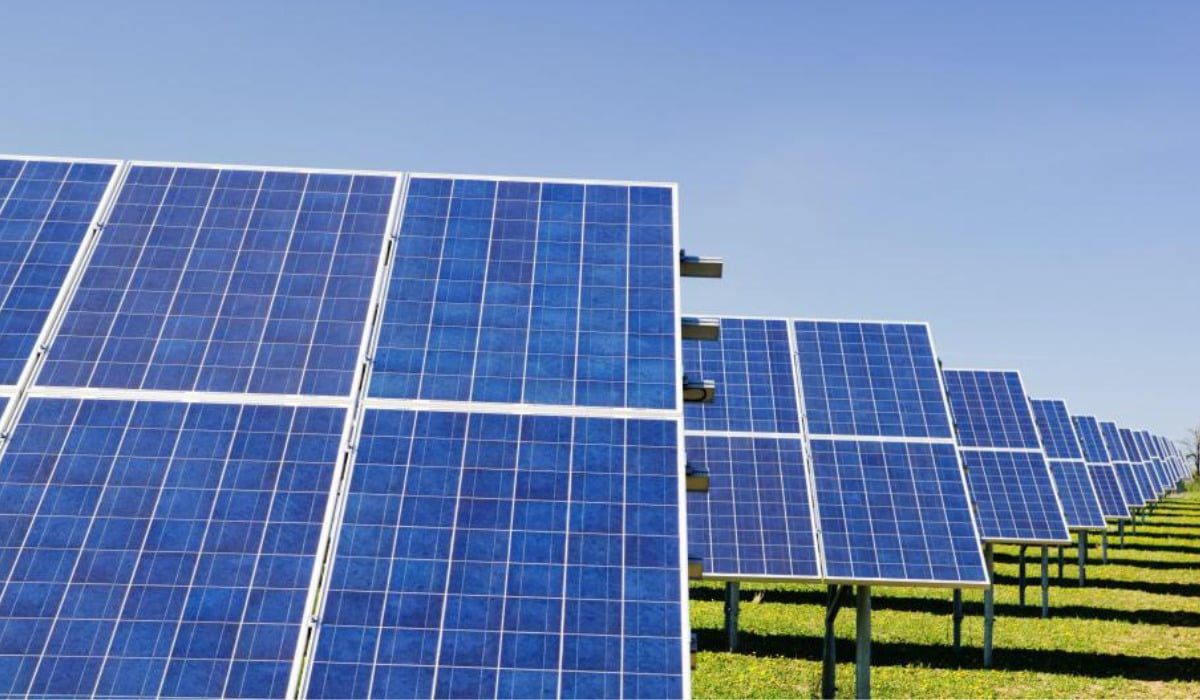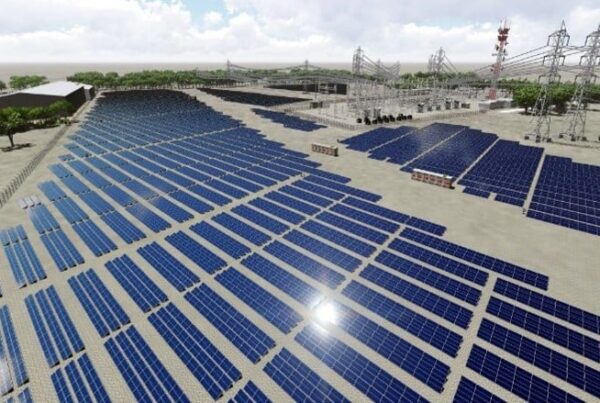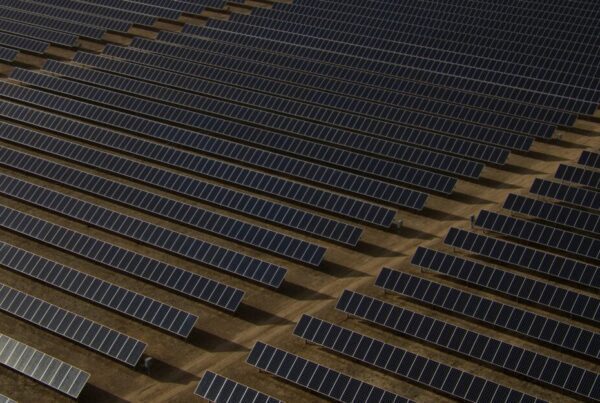
The latter saw a 21% year-on-year decline because of the end of Italy’s Superbonus scheme, which offered a 110% tax credit for residential solar installations. The trade body said 2,258MW of residential solar – which Italia Solare defines as below 20kW in size – was added in 2023, compared with 1,789MW last year.
By stark contrast, utility-scale solar installations grew by 163% in 2024. Italia Solare’s data showed that 3,045MW of utility-scale solar capacity was added last year compared with 1,157MWW in 2023.
The corporate and industrial (C&I) sector grew by 8% year-on-year, accounting for the remaining 1,961MW added in 2024.
Italy had a total of 37.08GW of deployed solar capacity as of the end of 2024, Italia Solare said, with over 1.8 million individual solar installations installed. The region of Lombardy has the most cumulative capacity – almost 5GW – followed by Veneto and Puglia, with 3.7GW and 3.6GW, respectively.
Paolo Rocco Viscontini, president of Italia Solare said: “Italian photovoltaics is experiencing a phase of solid growth, with an increasingly strong role of large-scale systems. However, the decline in residential installations is a signal that should not be underestimated: targeted measures are needed to support families in the energy transition.”
Last year’s predictions realised
The trend towards utility-scale and away from residential solar will come as no surprise to Italian market watchers. 2023 was a return to form for the Italian solar market, which had been installing less than 1GW of solar from 2014–2021. Despite this growth, seen in the graph above, which was driven by rooftop residential installations, Italia Solare predicted a drop-off in small-scale additions with the end of the Superbonus scheme.
PV Tech Premium heard similar predictions last year in an interview with Cristiano Spillati, managing director of Italian renewable energy developer Limes. Spillati said he expected the average size of solar projects to “get bigger” in 2024, forecasting “almost three times the amount of utility-scale solar” as the previous year.
While the eventual numbers were not quite this high, the trend has held true, visible in the 25% drop in the number of new installations while total power capacity rose by 30%.
Spillati also spoke about the disparity between Italy’s electricity demand, clustered in the wealthier north of the country, and the available land and sun for large solar plants in the south.
Italia Solare’s data reflects this north-south divide. The trade group said that in Lombardy, the northern region with the most cumulative solar capacity, utility-scale projects are “practically absent”.
Further south, Lazio and Puglia – third and fifth in cumulative solar capacity – have far more utility-scale and C&I projects. Italia Solare said that Lazio “is the region with the highest power [from] large-scale plants”; it also saw almost 300% installation growth in 2024 as the pendulum swung towards utility-scale projects. Northern Lombardy and Veneto – dominated by smaller-scale installations – saw flat and slightly declining growth in 2024, respectively.
More broadly, Italy has well-documented grid congestion issues. Spillati told us that energy storage would become essential in meeting the country’s electricity demand with renewables; the grid operator, Terna, announced a US$18 billion investment to modernise the country’s grid last year.





